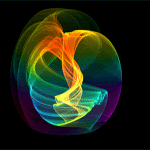DISCOGRAPHY
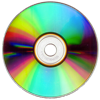
Rebecca van der Post, violin, Robert W. Stevenson, bass clarinet, Stephen Clarke, piano. Arraymusic25miniatures Artifact Music ART 025
This is a rather unique Folia since not only the theme of the later Folia but also twice the theme of the early Folia is clearly entangled in this composition. Around these two themes Foley creates a rather chaotic setting (especially in the bridges between the different parts of the composition) to express the literal meaning of the word 'folia' (madness) with tools as unusual metres (11/8, 9/4, 7/8), dissonants and rhythmical devices. In my perception a fragment of the Emperor Waltz by Strauss at first seems to offer firm ground, but this fleeting suggestion is washed away before it offers any real grip. Or could it be the symbol of an era which gave birth to the psychoanalysis, as a good friend suggested?
-- Paul Gabler, La Folia: A Musical Cathedral
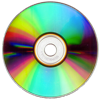
The Riverdale Ensemble: Daniel Kushner, violin, Stephen Fox, clarinet, Ellen Meyer, piano. Foliage Furiant Records FMDC 4619-2
The music is 20th century in sound and colour and yet, has a French feel to it, almost impressionistic and very comfortable. It does not assault your ears with dissonance or lost chords. The music is as imaginative as the painter himself and Mr. Foley captured the moods and the emotional life of Rousseau very well. Picasso was a close friend of Rousseau's and the Paris of this time was vibrant with music, dance painting and the cafe life. The trio has this in all the exotic sounds and creative instrument couplings and melodic line.
George Sanford, 701.com (2000)
New to our ears is the Hommage à Henri Rousseau written in 1999 by the Canadian composer Daniel Foley and commissioned by the Riverdale Ensemble. A real winner in every sense (both from the listener's and player's viewpoint) it is in four movements, each depicting a painting by Rousseau, and couched in a variety of styles from baroque, raga and folktune to near jazz. Immediately appealing to the ear, it utilises many compositional devices. A hypnotic use of bass clarinet in the second Dream movement gives way to Carnival, based on La Folia, originally a Portuguese carnival dance. The final movement Clemence is a Gallic-inspired tour de force in the form of a valse, which should inspire all those seeking innovative new material.
Gordon Lewin, Clarinet & Saxophone magazine, summer 2001
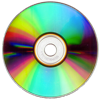
Elaine Keillor, piano. Canadian Music for Young Pianists Studea Musica BR1336
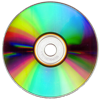
University of Calgary Symphony Orchestra, Edmond Agopian, conductor. Sundogs Unical UC-CD9901.
But as anyone aquainted with the classical scene in Canada knows, it requires an almost fanatical dedication to follow the work of even our best-known composers. And it can be almost impossible to hear music by the relatively unknown ones. That's a pity. Take Daniel Foley, for example. His Menagerie was the highlight of the first half of the program. A witty and accomplished suite of four or five miniatures, it was as meaty as it was captivating. I want to hear it again. We should all have the chance to hear the two symphonies he has written. Fat chance!
-- Richard Todd, The Ottawa Citizen (1989)
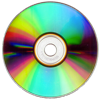
Louise Bessette, piano. Canadian Music for Piano Musica Viva MVCD 1064.
Daniel Foley's Oiseaux excentriques, a portfolio of allegorical sketches, allies a rugged, Hindemithian idiom with an air of Gallic whimsy, a feat I would previously have thought impossible.
-- Robert Everett-Green, The Globe and Mail (1994)
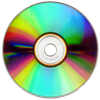
Douglas Perry, viola, Joseph Petric, accordion. Gems ConAccord 490491-3.
St George Blues was a refreshing surprise and has the same dry wit as its creator, Daniel Foley. Mr. Foley's output has been quite prolific, even as a student, and this piece shows his early abilities to adapt to any instrumental combination. Although accordion and viola is a less satisfying instrumental combination for me (compared to cello, string quartet, or string orchestra), I didn't mind the duet in this context, as the intent of the piece was achieved quite successfully. The CD liner notes indicate that "The work ends with an evocative duet exploring the intimate and poetic side of both instruments." This is probably the most accurate description of what one can expect to find in St George Blues. Aside from the poetic nature of this work, I would add that there is a drop of humor that makes it an evocative and joyful listening experience.
-- Joseph Natoli, the Free-Reed Review
